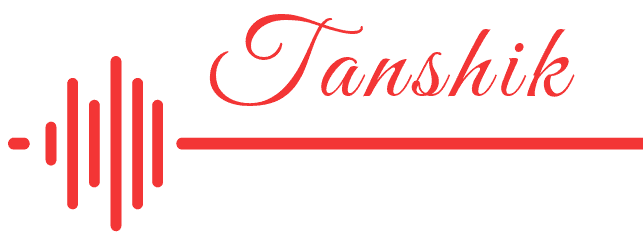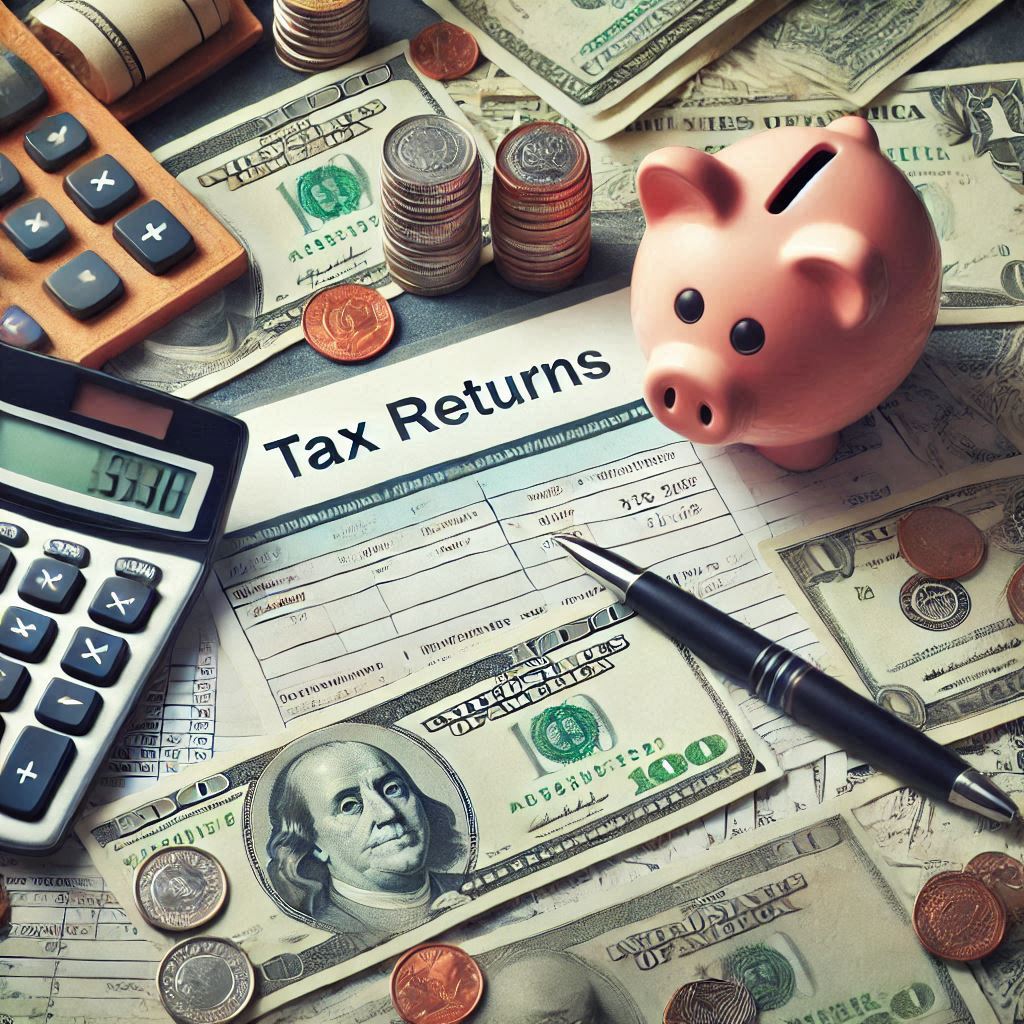When it comes to saving and investing, inflation is a key player that often gets overlooked. You might be diligently putting money away, but inflation could quietly be chipping away at your purchasing power. Understanding how inflation affects your savings is crucial to making informed decisions about where and how to invest your money. In this post, we’ll explore what inflation is, how it impacts your finances, and what you can do to protect your savings from its effects.
Disclosure: This post contains affiliate links. As an Amazon Associate, I earn from qualifying purchases. This does not affect the price you pay but helps support the site. Thanks you for your support.
1. What is Inflation?
A Simple Explanation of Inflation
Inflation is the rate at which the general level of prices for goods and services rises, eroding the purchasing power of your money. When inflation is high, every dollar you have buys less than it did before. It’s like a slow leak in your financial tires—if you don’t understand how inflation affects savings, you could end up with less financial security than you planned for.
How Inflation Is Measured
Inflation is typically measured by the Consumer Price Index (CPI), which tracks the prices of a basket of common goods and services. The CPI gives you a clear snapshot of how much prices have increased over time. For example, if the CPI indicates a 2% inflation rate, that means the cost of living has risen by 2% compared to the previous year. Knowing how inflation affects savings, it’s easy to see why a steady inflation rate can gradually diminish the value of your money.
Types of Inflation
Understanding the different types of inflation can help you better grasp how inflation affects savings and your overall financial health. There are three main types of inflation: demand-pull, cost-push, and built-in inflation. Each type has unique causes and effects on the economy and your wallet.
– Demand-Pull Inflation
Demand-pull inflation happens when there’s a strong demand for goods and services, but not enough supply to meet it. Imagine a popular toy during the holiday season. Everyone wants it, but there aren’t enough on the shelves. Because of the high demand, stores might raise the price, and that’s demand-pull inflation in action.
When the economy is doing well, people have more money to spend. They start buying more goods and services, from groceries to gadgets. Businesses struggle to keep up with the demand, so they increase their prices. This type of inflation is often seen during periods of economic growth.
As you may remember, in the post-pandemic world, many people wanted to travel again, leading to higher demand for airline tickets and hotel rooms. As a result, prices went up, contributing to demand-pull inflation.
– Cost-Push Inflation
Cost-push inflation occurs when the cost of producing goods and services increases, leading businesses to raise their prices to maintain profits. This can happen due to rising costs of raw materials, labor, or even higher taxes. When it becomes more expensive to produce something, that extra cost is often passed on to you, the consumer.
A typical example is, when the price of oil goes up, the cost of producing and transporting goods also increases. Companies then raise prices to cover these higher costs, leading to cost-push inflation. This is why you might notice prices rising at the pump and at the grocery store when oil prices surge.
– Built-In Inflation
Built-in inflation, also known as wage-price inflation, is when businesses raise prices to keep up with rising wages, and workers demand higher wages to keep up with rising prices. It’s a bit of a chicken-and-egg situation, where wages and prices continuously chase each other, leading to a cycle of inflation.
Another way to illustrate this type of inflation would be, when workers at a factory get a raise, the factory might raise the prices of its products to cover the higher wage costs. Then, as the cost of living goes up, workers might demand another raise, continuing the cycle.
Learn more about inflation with “The Great Inflation and Its Aftermath” by Robert J. Samuelson.
(Disclosure: Disclosure: As an Amazon Associate, I earn from qualifying purchases.)
2. How Inflation Impacts Your Purchasing Power
Everyday Expenses and Inflation
One of the most immediate ways inflation affects your savings is through everyday expenses. Over time, you might notice that your grocery bill increases, or that a gallon of gas costs more than it did last year. This is inflation in action, and it directly impacts your purchasing power. When inflation rises, your money doesn’t stretch as far, meaning you have to spend more to maintain the same standard of living.
The Silent Erosion of Savings
The most insidious effect of inflation is the way it silently erodes your savings. If you’re keeping money in a low-interest savings account, inflation might be outpacing the interest you’re earning. For example, if your savings account earns 1% interest annually, but inflation is at 2%, you’re effectively losing purchasing power every year. Understanding how inflation affects savings can help you avoid this trap and find better ways to grow your wealth.
Consider moving your money into a high-yield savings account that offers better interest rates.
The Impact on Long-Term Goals
Inflation doesn’t just affect your day-to-day expenses—it can also have a significant impact on your long-term financial goals. Whether you’re saving for retirement, a child’s education, or a dream vacation, inflation can make it harder to reach these goals if you don’t take it into account. For instance, if you’re planning to retire in 20 years, the cost of living could be significantly higher by then. Without accounting for how inflation affects savings, you might find yourself falling short of your financial goals.
3. Inflation-Proofing Your Savings
High-Yield Savings Accounts
One of the simplest ways to combat inflation is to move your money into a high-yield savings account. These accounts typically offer interest rates that are closer to, or sometimes even higher than, the inflation rate. By earning more interest on your savings, you can help offset the impact of inflation. While a high-yield savings account won’t completely shield you from inflation, it’s a much better option than keeping your money in a standard savings account.
To explore high-yield savings options, check out this comprehensive guide, “The Everything Personal Finance in Your 20s & 30s Book” by Howard Davidoff on Amazon.
(Disclosure: Disclosure: As an Amazon Associate, I earn from qualifying purchases.)
Investing in TIPS (Treasury Inflation-Protected Securities)
Treasury Inflation-Protected Securities (TIPS) are a type of government bond specifically designed to protect your investments from inflation. The principal value of TIPS increases with inflation and decreases with deflation, ensuring that your investment keeps pace with the rising cost of living. This makes TIPS a great option for those who want to understand how inflation affects savings and protect their nest egg from eroding over time.
If you’re interested in TIPS, check out “The Bond Book” by Annette Thau for an excellent overview.
(Disclosure: As an Amazon Associate, I earn from qualifying purchases.)
Diversifying Your Investments
Diversification is another key strategy for inflation-proofing your savings. By spreading your investments across a variety of asset classes—such as stocks, bonds, real estate, and commodities—you can reduce your exposure to inflation. For example, real estate and commodities like gold tend to perform well during periods of high inflation, offering a hedge against the declining value of money. Understanding how inflation affects savings can help you make more informed decisions about where to allocate your resources.
To help you diversify, consider reading the classic “A Random Walk Down Wall Street” by Burton G. Malkiel.
(Disclosure: As an Amazon Associate, I earn from qualifying purchases.)
4. Investing During Inflation
Stocks as a Hedge Against Inflation
Stocks have historically been one of the best ways to outpace inflation. While they can be volatile in the short term, stocks generally offer higher returns over the long term, making them an effective hedge against inflation. Companies can often pass on higher costs to consumers, which can help maintain their profit margins during inflationary periods. By investing in a well-diversified portfolio of stocks, you can potentially grow your wealth faster than inflation erodes it.
If you’re new to stock investing, consider “The Little Book of Common Sense Investing” by John C. Bogle.(Disclosure: As an Amazon Associate, I earn from qualifying purchases.)
Real Estate Investments
Real estate is another powerful tool for fighting inflation. Property values and rental income tend to rise with inflation, providing a steady stream of income that keeps pace with the cost of living. Additionally, real estate is a tangible asset, which means it has intrinsic value that can appreciate over time. Understanding how inflation affects savings and investing in real estate can help you build a more resilient financial portfolio.
Low-Cost Index Funds and Lazy Portfolios
Low-cost index funds and lazy portfolios can help you stay invested and may offer a smart way to protect your savings from losing value due to rising prices. Let’s dive into how these work in the context of high inflation.
What Are Low-Cost Index Funds?
Low-cost index funds are investment vehicles that track the performance of a specific market index, like the S&P 500. They include a broad selection of stocks or bonds that mirror the market as a whole. This diversified approach helps spread risk across many companies, making it a safer bet during uncertain economic times like periods of high inflation.
Why Are They Low-Cost? Index funds generally have lower fees because they don’t require active management. This means more of your money stays invested, which is especially important during inflation when every dollar counts. Lower fees can make a significant difference in your overall returns, helping you keep up with or even outpace inflation.
Practical Tip: When inflation is high, look for index funds that have a history of strong performance. Consider those with an expense ratio below 0.2% to maximize your returns.
What Is a Lazy Portfolio?
A lazy portfolio is an investment strategy that involves minimal management. It typically consists of a few low-cost index funds that cover different areas of the market, such as U.S. stocks, international stocks, and bonds. The idea is to set up your portfolio once, rebalance it occasionally, and let it ride through market ups and downs.
Example of a Lazy Portfolio: A popular lazy portfolio might include:
• U.S. Total Stock Market Index Fund: Covers almost every U.S. publicly traded company, offering broad exposure.
• International Stock Market Index Fund: Adds diversification by including companies from other countries.
• Total Bond Market Index Fund: Provides stability with a mix of U.S. government and corporate bonds.
By spreading your investments across these different funds, you’re less vulnerable to the specific risks that inflation might pose to individual sectors or asset classes.
How Lazy Portfolios Help During High Inflation
Lazy portfolios are particularly useful during inflationary periods because they keep things simple while still offering solid protection against rising prices. Instead of chasing high-risk investments that might not pan out, you’re investing in the overall market, which historically tends to grow over time—even during inflation.
Practical Tip: During high inflation, you might adjust your lazy portfolio slightly to lean more towards stocks rather than bonds. Stocks generally have higher returns, which can help counteract the eroding effects of inflation on your savings.
The Long-Term Advantage in Inflationary Times
When inflation is high, the temptation to make quick, short-term investments can be strong. However, the best way to protect and grow your wealth is often by sticking to a long-term strategy like a lazy portfolio. Over time, the market tends to recover and grow, helping your investments to outpace inflation.
Practical Tip: Automating your investments is crucial during inflation. Set up automatic contributions to your index funds each month. This ensures you’re consistently buying into the market, averaging out your costs, and staying invested no matter what happens in the short term.
Inflation-Resistant Assets in Your Lazy Portfolio
Another advantage of low-cost index funds and lazy portfolios during inflation is that they can include inflation-resistant assets. For example, certain sectors like consumer staples or real estate tend to perform better during inflationary periods. By having a diversified lazy portfolio, you’re more likely to have exposure to these assets, providing an extra layer of protection.
For more information on building a lazy portfolio, check out “The Simple Path to Wealth” by JL Collins.
(Disclosure: As an Amazon Associate, I earn from qualifying purchases without affecting the price of the book.)
Conclusion
Inflation is an inevitable part of the economy, but it doesn’t have to erode your financial security. By understanding how inflation affects your savings and taking steps to protect your purchasing power, you can ensure that your money works as hard as you do. Whether it’s by choosing the right savings account, diversifying your investments, or investing in inflation-proof assets, there are plenty of strategies to help you stay ahead of inflation. Remember, the key is to stay informed and proactive—because when it comes to inflation, knowledge is truly power.
Disclaimer: This article is for educational and entertainment purposes only and should not be considered financial advice. Always consult with a financial professional before making any investment decisions.
#Ad – Explore These Popular Items on Amazon
 ANRABESS Women Sherpa Fleece Sweatshirt Half Zip Pullover Casual Warm Fuzzy Sweater Coat 2024 Fall Fashion Outerwear
ANRABESS Women Sherpa Fleece Sweatshirt Half Zip Pullover Casual Warm Fuzzy Sweater Coat 2024 Fall Fashion Outerwear Apple AirPods 4 Wireless Earbuds, Bluetooth Headphones, with Active Noise Cancellation, Adaptive Audio, Transparency Mode, Personalized Spatial Audio, USB-C Charging Case with AppleCare+ (2 Years)
Apple AirPods 4 Wireless Earbuds, Bluetooth Headphones, with Active Noise Cancellation, Adaptive Audio, Transparency Mode, Personalized Spatial Audio, USB-C Charging Case with AppleCare+ (2 Years) XIEERDUO Long Puffer Vest Women Outerwear Reversible Fleece 2024 Fall Winter Warm Sleeveless Zip Up Hoodie Coat with Pockets
XIEERDUO Long Puffer Vest Women Outerwear Reversible Fleece 2024 Fall Winter Warm Sleeveless Zip Up Hoodie Coat with Pockets Infantino My 1st Tumbler – Adorable Miniature Tumbler with Toddler-Friendly Straw and Handle, Encourages Hydration, Easy to Clean, 9 fl. oz, Alpine
Infantino My 1st Tumbler – Adorable Miniature Tumbler with Toddler-Friendly Straw and Handle, Encourages Hydration, Easy to Clean, 9 fl. oz, Alpine Gacaky Women’s Lightweight Floral Embroidered Cropped Quilted Jacket Winter Warm Button Down Puffer Jacket Coat with Pockets
Gacaky Women’s Lightweight Floral Embroidered Cropped Quilted Jacket Winter Warm Button Down Puffer Jacket Coat with Pockets





2 thoughts on “Understanding Inflation—How It Affects Your Savings”
I normally do not read articles about investing or financial advice but found this one interesting and educational.
It’s good to know. Thank you.